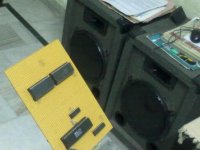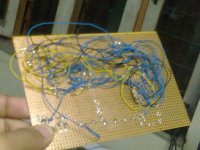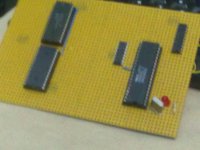OK, I will use '138 then i have to connect A15 in such a way that when A15 is low then only memory decoder circuit will work. I am right??
Is it compulsory that the PROM addr should start at 0000H as it reset vector addr is at 0000h, so, can we change the PROM starting addr.???
and I think without RAM the program will not run as we need to store Stact, etc....
Is it compulsory that the PROM addr should start at 0000H as it reset vector addr is at 0000h, so, can we change the PROM starting addr.???
and I think without RAM the program will not run as we need to store Stact, etc....



